Twenty-four of the 27 member states of the European Union (EU) have insufficient teachers at the start of the new school year, often due to low salaries, high workloads and ageing populations.
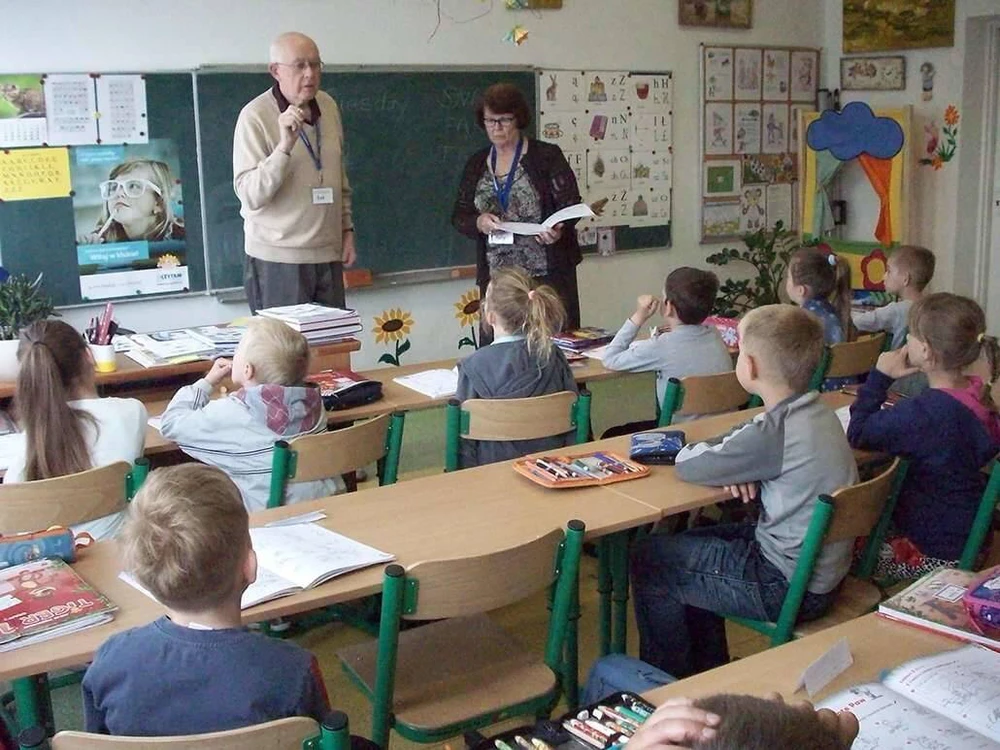
As the school year begins across the EU, 24 member states are grappling with teacher shortages, which are impacting student learning and hampering the goal of providing quality education for all. Most countries are facing shortages of teachers, particularly in science, technology, engineering and mathematics (STEM), qualified teachers and caretakers.
According to the European Commission’s Education and Training Monitoring Report 2023, only Croatia and Cyprus do not report shortages of education staff. Sweden is one of the worst-hit countries, with a need for 153,000 qualified teachers between now and 2035.
The German Education and Science Workers’ Union (GEW) has warned against lowering standards of teaching qualifications to compensate for teacher shortages. The teaching profession in the EU suffers from a number of problems, including low pay, job insecurity and heavy workloads.
Another reason for the teacher shortage is that member states have different educational institutional rules, making it difficult to transfer teachers from one country to another. For example, Gauthier Catteau was a geography teacher in the French-speaking part of Belgium. He started his teaching career at the age of 22. At the age of 29, Catteau quit his job and became an engineer because he had to commute three hours to school every day because he lived in a rural area. The distance, the workload, and the limited career prospects did not seem to fit with his personal plans, so he was forced to change careers.
According to Eurostat, in 2021, only 8% of the EU’s total teachers were under 30. In 2021, there were 5.24 million teachers employed in primary, lower secondary and upper secondary education in the EU. The integration of Ukrainian children into EU schools due to the conflict has also exacerbated the problem of teacher shortages in Europe.
In Poland alone, nearly 44,000 children evacuated from Ukraine were enrolled in preschool as of February 2023. Meanwhile, many countries are suffering from an aging teacher population, with a wave of retirements expected in the coming years, adding to the strain on the system.
In Portugal, the teachers’ union Fenprof estimates that between 4,700 and 4,800 teachers will retire, the highest number in the millennium. The country will need more than 30,000 new professional educators by 2030.
The EC has promoted teacher flexibility and awarded prizes for innovative teaching as a way to address the shortage and restore the reputation of the profession. Many EU countries have also tried to attract retirees back to teaching and fill the gap with contract teachers as a temporary solution. In April, experts recommended that the Irish Department of Education completely change its thinking to address the current teacher shortage. One of the proposals was to encourage teachers who have left Ireland to work abroad to return.
KHANH MINH
Source: https://www.sggp.org.vn/eu-nan-giai-vi-thieu-giao-vien-post756382.html



![[Photo] Prime Minister Pham Minh Chinh chairs meeting to remove difficulties for projects](https://vstatic.vietnam.vn/vietnam/resource/IMAGE/2025/3/30/7d354a396d4e4699adc2ccc0d44fbd4f)
![[Photo] Ministry of Defense sees off relief forces to the airport to Myanmar for mission](https://vstatic.vietnam.vn/vietnam/resource/IMAGE/2025/3/30/245629fab9d644fd909ecd67f1749123)



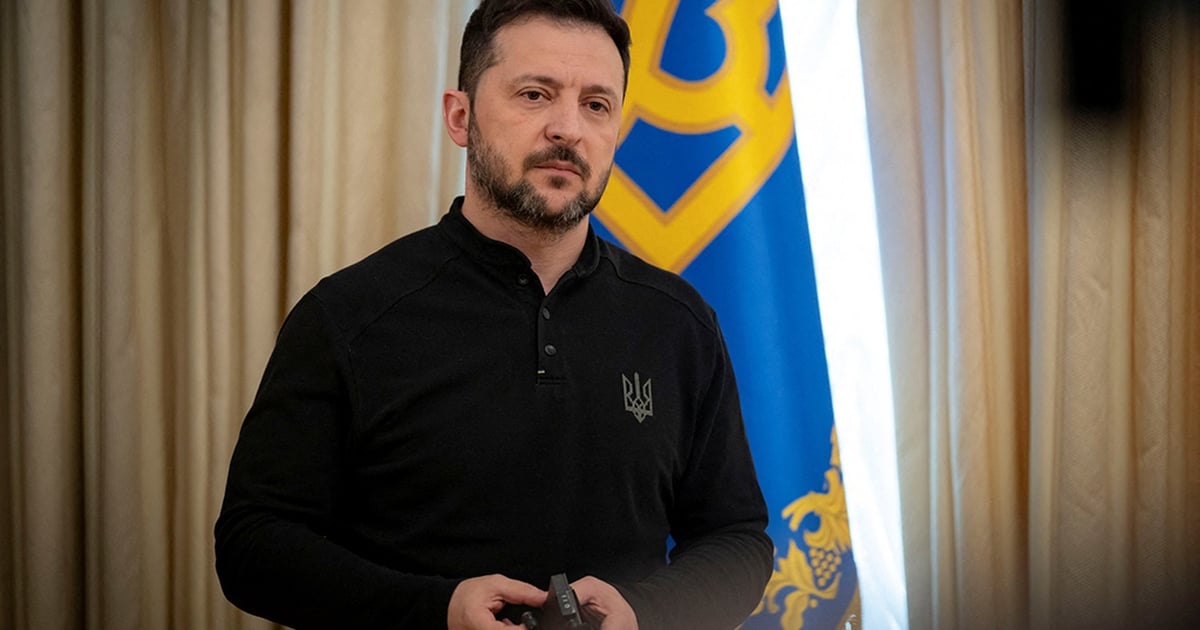






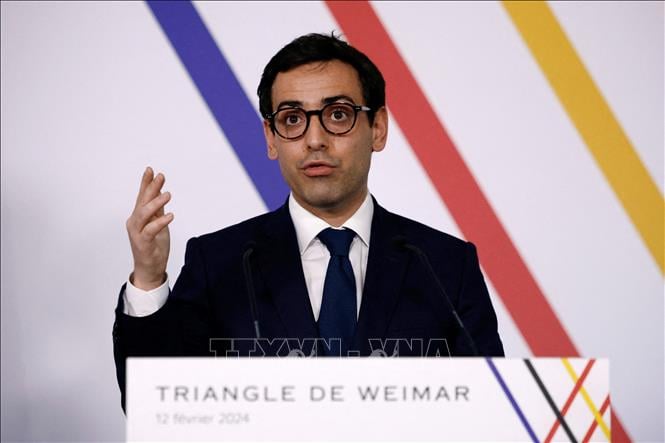






































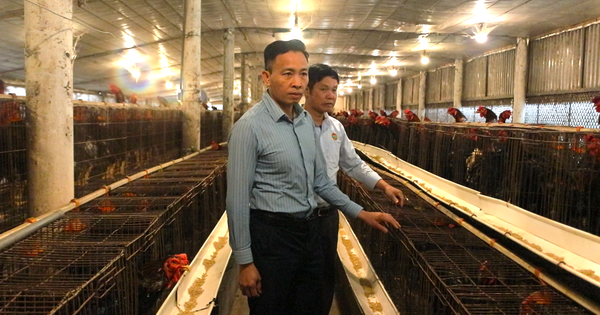













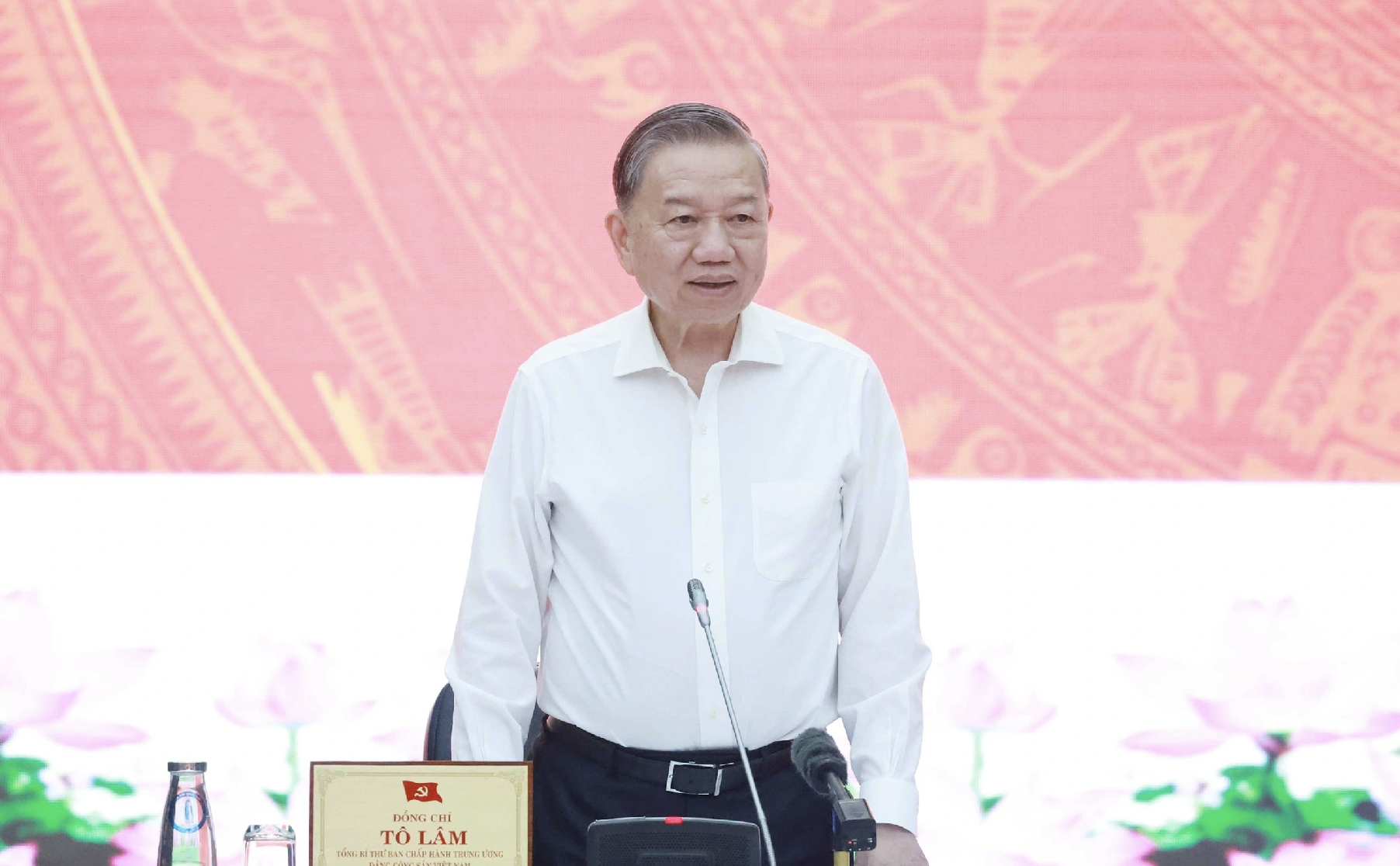
























![[REVIEW OCOP] An Lanh Huong Vet Yen Cat](https://vstatic.vietnam.vn/vietnam/resource/IMAGE/2025/3/27/c25032328e9a47be9991d5be7c0cad8c)







Comment (0)